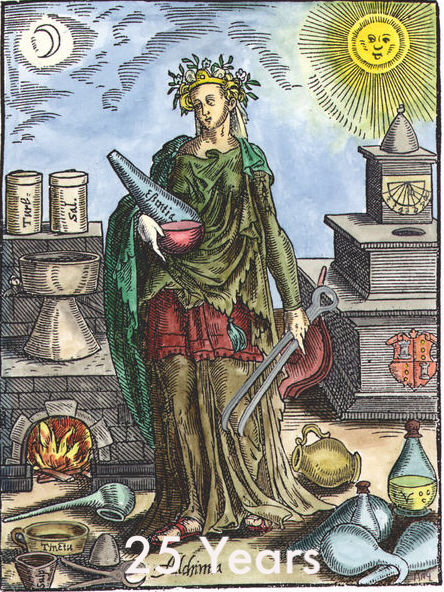Book Review: The Oxford Companion To Cheese
Imagine the world without cheese. I wonder if you can. For me, that’s a vision of hell. If you feel the same way, then you really should invest in the newly published The Oxford Companion to Cheese.
Billed as “the first truly comprehensive reference work dedicated to how four basic ingredients – milk, microorganisms, salt and enzymes – are transformed,” this book is long overdue.
All my favourites are here; Caerphilly, Burrata, Parmigiano Reggiano, Époisses, Chaorce, Brillat-Savarin, Stilton, Roquefort and yes, Laughing Cow. There are many hundreds more. Indeed, it took me a long time to find a type of cheese that isn’t here. Finally, I discovered that Montebore, from Piemonte, the world’s rarest cheese with its Slow Food Praesidium, isn’t included. Hopefully, it’ll appear in a future revised edition, though the book does point out that it can’t possibly cover every cheese made.

Montebore – the world’s rarest cheese
Being an encyclopaedic reference, this isn’t a book to read from cover to cover. For a start, there are 888 pages, with 855 entries by 325 contributors from 35 countries. Also, it has 150 b&w pictures, three eight-page colour inserts, a comprehensive index and extensive cross-referencing with suggestions for further reading. Phew!
Instead, the best way is to dip in to read an entry and then see where the links take you. But beware, you’ll eventually emerge, but it might well be some hours later. I’ve already lost an entire weekend.
I soon checked out a few things I know and love. I’m delighted that Gorwydd Caerphilly has a colour photo and that the Courtyard Dairy in Yorkshire is also a full entry. Meanwhile, entries on Stilton and Cheddar are as comprehensive as you could wish.

The Courtyard Dairy
Moving on from Britain, there are of course long pieces about Italy, France and Spain. One thing I found surprising is the rapid development of artisanal cheese making in the United States. Those of us that had, like me, assumed American cheese was mostly Monterey Jack or Kraft will be delighted to find that the US is the fastest-growing market for artisanal cheese!
From these more familiar countries, it’s easy to look up cheeses from far-flung places. Skyr from Iceland is an example, as is Herzegovina Sack Cheese. And how about Xygalo from Crete and Ziraly from Iran? These latter two, starting with the letters X and Z, are also very useful for Scrabble. And don’t forget Paneer from India and Pakistan or Sakura from Japan.
Then there’s the science bit. Find out which are the good microbes and which are dangerous bacteria like salmonella and listeria. It covers how particular cheeses get made and how they are regulated. Entries on raw-milk, thermised and pasteurised cheeses bring out some of the risks of cheesemaking. I knew that every cheese is alive. I hadn’t realised that every bite contains, on average, ten billion living microbes or that Cheese Mites are vital in the making of aged Mimolette. Best not think about these facts for too long.
Want to know the differences between an artisanal cheese with a sense of place and industrial factory cheese? It’s all here, though currently, there is no entry for my personal description of bland industrial cheese, namely Fromage Plastique. Perhaps the Editor will allow me to add this to the next edition?

Fontina d’Aosta
Then there’s the milk source. Of course, breeds of cow, sheep and goat are all present and correct. But how about moose, camel and yak? Questions abound. How do you milk a moose? Carefully, I imagine.
The Oxford Companion isn’t some dry-as-dust tome. There are history, culture, religion, health, politics and war sections. There are biographies, pieces on pairing cheese with beer and wine and the influence of the Slow Food movement.
I’ll leave it to you decide whether the listing of Cheese Museums worldwide is taking things a little bit too far, though I found it fascinating.
There’s even an entry on sex and cheese. Yes, I’ll admit now that this was the first thing I looked up. It’s a bit like searching for all the swear words in a new dictionary. Don’t tell me you don’t do the same.
Then there are cheese sayings, plus literature and film references. I particularly enjoyed the entry on the Monty Python’s Cheese Shop sketch and the confirmation that their Venezuelan Beaver Cheese remains fictional, though I wish someone would invent it. And how about Wallace and Gromit? This book says the Moon isn’t made from Green Cheese after all. Shocking.

Provolone
In short, The Oxford Companion To Cheese is an inspirational book to return to, again and again. It brings out the dedication of cheesemakers and how complicated cheesemaking is. Additionally, it shows that cheese is a fabulously diverse product central to our culture. This book now has a prominent place on my bookshelf, and I hope it’ll be on yours too.
I recommend you get yourself some cheese and a glass of wine. Now explore everything cheesy and watch “Blessed are the Cheesemakers” from Life of Brian.
The Oxford Companion to Cheese, Edited by Catherine Donnelly.
Published in 2016 by OUP, ISBN 97019933081
all pictures © Paul Howard

